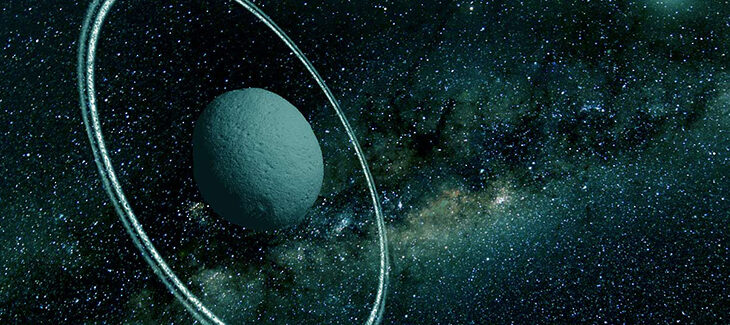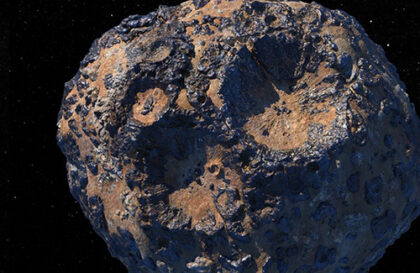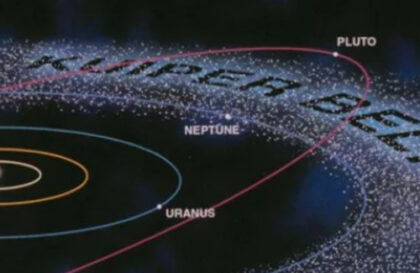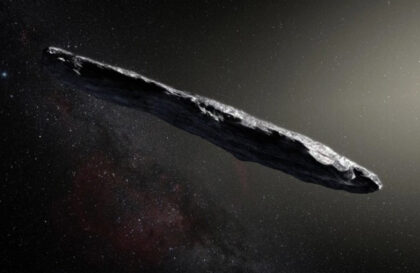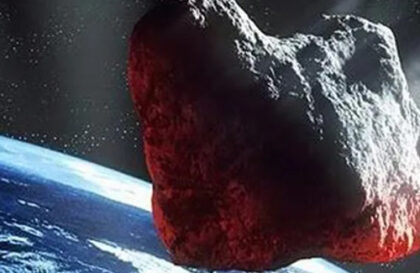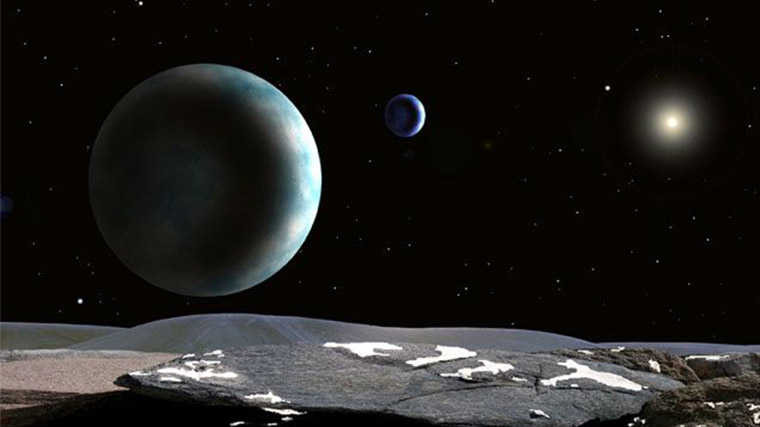The Chariklo rings and their origin are still a mystery, however, it is believed that they may have been formed by a collision that resulted in the formation of a disk of debris.
Chariklo, an object that was named after a centaur from Greek mythology, is the largest known Centaur. Its diameter is 250 km, and it lies along the approximately 2 billion km between Saturn and Uranus. Chariklo became only the fifth body in the solar system to have rings discovered.
The scientific community had not previously imagined that objects this small could have rings.
How was it?
Astronomers’ forecasts indicated that Chariklo would pass in front of the star UCAC4 248-108672 on June 3, 2013, as seen from South America. Dr Braga-Ribas and his colleagues at the National Observatory/MCTI in Rio de Janeiro, Brazil, used telescopes at seven different sites to monitor the moment when the star appeared to disappear for a few seconds, thanks to its light being blocked by Chariklo.
Artistic representation of Chariklo and his system of rings (IAA). Credit: Instituto de Astrofísica de Andalucía (IAA-CSIC)
However, scientists discovered much more than they expected. A few seconds before the main blockage of light and a few seconds after it, two more short moments of decrease in the visible brightness of the star were noticeable. Something near Chariklo was blocking the light!
By analyzing data obtained from different observation points, the team was able to reconstruct not only the shape and size of Chariklo itself, but also the shape, width, orientation and other characteristics of the newly discovered rings.
They found that the ring system was formed by two clearly defined rings, only 7 and 3 km wide, with a noticeable gap of 9 km between them.
We know that Saturn’s rings are largely composed of water ice. Most likely, Chariklo’s rings will look like a smaller version of Saturn’s rings.
Credit: Mary Shields PhD
During the passage, which lasted just 5 seconds, astronomers revealed surprising details about Chariklo’s rings. There are two narrow rings of ice particles and pebbles, 3 and 7 km wide and several hundred meters thick, separated by a 9 km gap. The distance between the centers of the rings is 14 km. The measurements were carried out at a distance of 2 billion kilometers with an accuracy of several hundred meters. The total width of the ring system is 20 km, and they orbit the asteroid 1000 times closer than the Moon is to Earth.
Astronomers speculate that Chariklo’s rings may have formed from debris from the collision and are held in tight paths by potential small moons. This supports the idea that the centaur had at least one undiscovered moon.
It is possible that the rings are an intermediate step in a process that could ultimately lead to the formation of a new moon, thus providing insights into the origins of our Moon and other satellites in the solar system.
The rings were conventionally named Oyapoke and Chui after rivers in Brazil.
Information about the discovery was published on the Nature Internet in March 2014.
Who else has rings?
All four of the solar system’s giant planets, both gas (Saturn and Jupiter) and icy (Uranus and Neptune), have rings.
After Chariklo, rings were also discovered on the asteroid Chiron, the dwarf planets Haumea and Quaoar, and, presumably, on Saturn’s moon Rhea.
Banner image: This is an artist’s impression of the asteroid Chariklo. Credit: University of Copenhagen
Image credit:
https://www.sci.news
https://www.iaa.csic.es
https://maryshieldsphd.com
